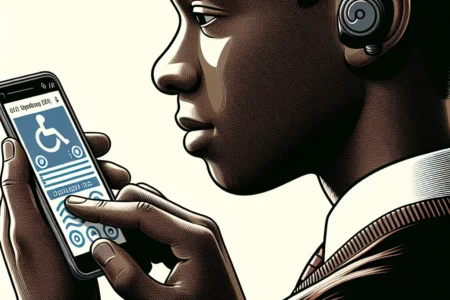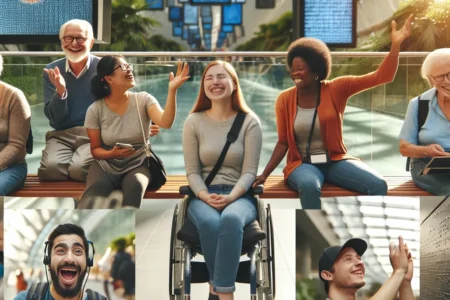The article “Enhancing User Experience with Mobile Accessibility in App Design” emphasizes the importance of mobile accessibility in app design for reaching a wider audience and providing equal opportunities for all users, particularly those with disabilities. It highlights the key aspects of mobile accessibility, including features such as screen readers, voice commands, and alternative input methods, as well as optimizing visual and interactive elements to improve overall usability. Moreover, the article discusses the necessity of considering diverse devices and operating systems in the mobile ecosystem to ensure seamless accessibility. Furthermore, it provides insights into key strategies for implementing mobile accessibility in app development, such as creating an intuitive user interface, prioritizing compatibility with assistive technologies, conducting thorough user testing, and staying informed about accessibility guidelines and standards. Overall, the article presents mobile accessibility as both a matter of inclusivity and a strategic approach to reaching a broader audience, making it a compelling read for app developers and designers looking to enhance their user experience.





